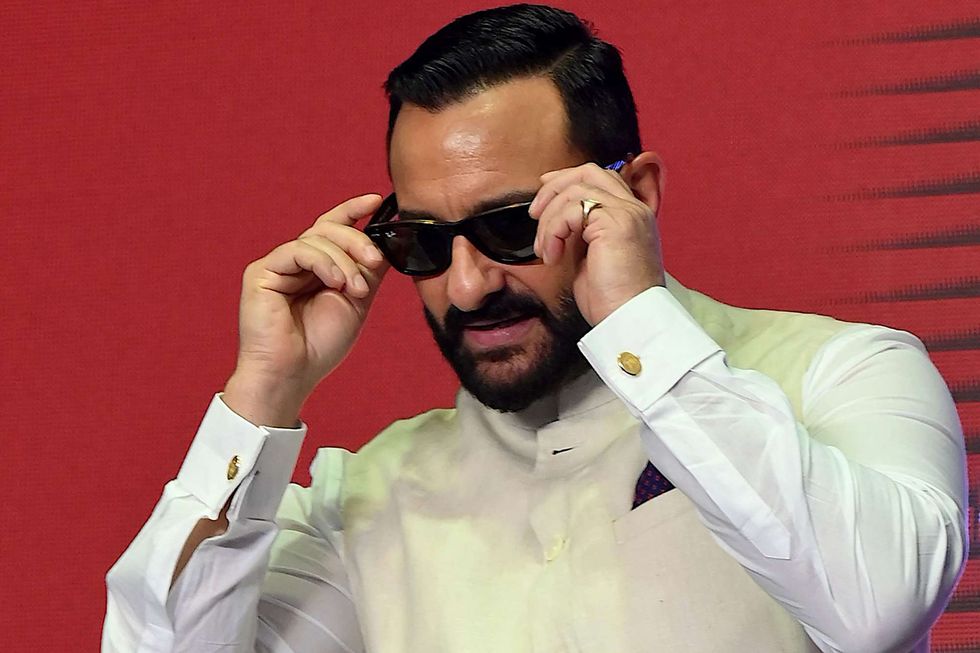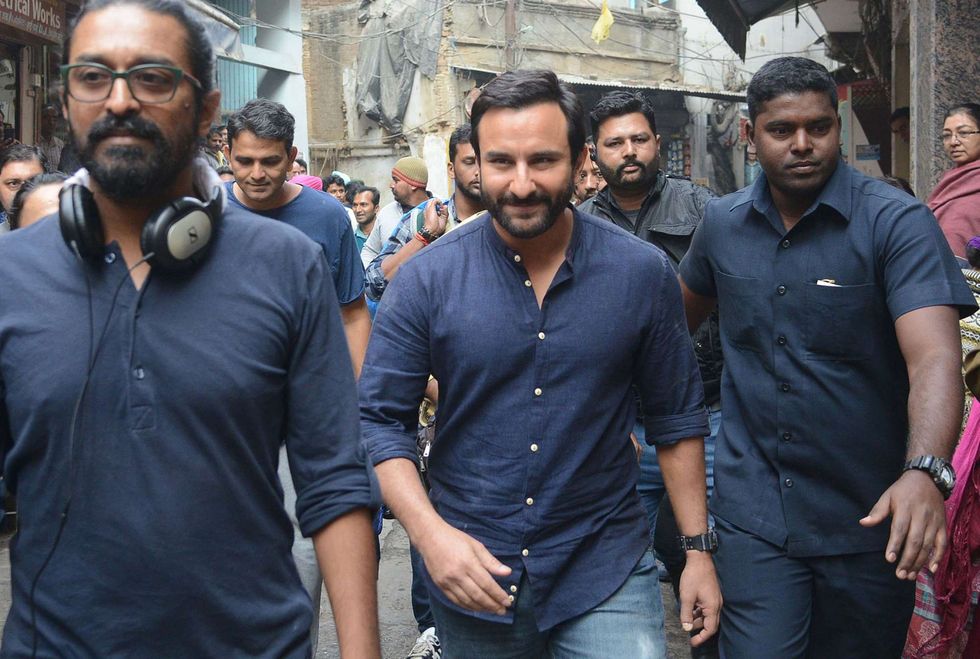By: Mohnish Singh
Siddhant Chaturvedi exploded onto the silver screen with Zoya Akhtar’s Gully Boy (2019), which turned out to be a huge success at the domestic box-office. Despite the towering presence of such experienced actors as Ranveer Singh and Alia Bhatt, Chaturvedi managed to make his own mark by delivering a powerful performance as MC Sher.
After the runaway success of Gully Boy, several filmmakers queued up in front of Siddhant Chaturvedi’s door with film offers in their hands. The newcomer chose a few of them and is now waiting for them to ablaze the silver screen in times to come. Here is the list of his exciting line-up ahead that will surely shoot him to the big league in the tinsel town of Bollywood.
His next is a con-caper, titled Bunty Aur Babli 2. The actor is sharing the screen space with debutant Sharvari Wagh in the film and their fresh pairing seems to be quite promising. The high-profile film also stars seasoned actors Saif Ali Khan and Rani Mukerji. Chaturvedi is going to have five different avatars in the sequel to Bunty Aur Babli (2005) and that is surely an exciting piece of news.
“It has been around 15 years since the original and a lot has changed since. A family entertainer, it is about aspirations and corruption and appeals to all age groups. I cannot wait to con everybody,” shared Siddhant in an interview with a leading daily.
The next one being, Shakun Batra's untitled alongside Deepika Padukone and Ananya Panday. Siddhant Chaturvedi recently wrapped up his shoot schedule in Goa. Talking about the film, the actor said, “The scale is quite big and Shakun is trying to push the boundaries of Indian cinema. This film is in that space. Shakun and Zoya Akhtar come from the same school of filmmaking, but both have their own vision.”
Speaking on working with Deepika Padukone he said, “She submits herself completely and makes the character believable. I am living out my dream in every possible way.”
The third film in his pocket is the recently announced Excel Entertainment production, Phone Bhoot alongside Ishaan Khatter and Katrina Kaif. Giving a little information about the horror-comedy, the actor revealed in the interview, “It is a hilarious script; we had a blast during the readings. There is going to be some solid jugalbandi between the three of us. We want it to be the next pop culture.”
The last one being an actioner with not a lot of details shared. The actor has been dropping the BTS and glimpses of the sort of preparation he is undergoing for his part. He mentioned, "I have trained in mixed martial arts and taekwondo and it’s difficult holding back from sharing the training videos.”





 Saif Ali Khan says billionaire wedding stages feel wrong when actors share the same social circle Getty Images
Saif Ali Khan says billionaire wedding stages feel wrong when actors share the same social circle Getty Images  Saif Ali Khan says overexposure makes him step back from wedding showsGetty Images
Saif Ali Khan says overexposure makes him step back from wedding showsGetty Images Saif Ali Khan says he is not massively comfortable doing wedding dances anymoreGetty Images
Saif Ali Khan says he is not massively comfortable doing wedding dances anymoreGetty Images Saif Ali Khan says Ajay Devgn keeps a distance, and know how that distance has shaped audience interestGetty Images
Saif Ali Khan says Ajay Devgn keeps a distance, and know how that distance has shaped audience interestGetty Images





